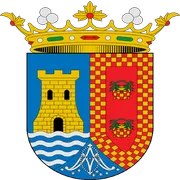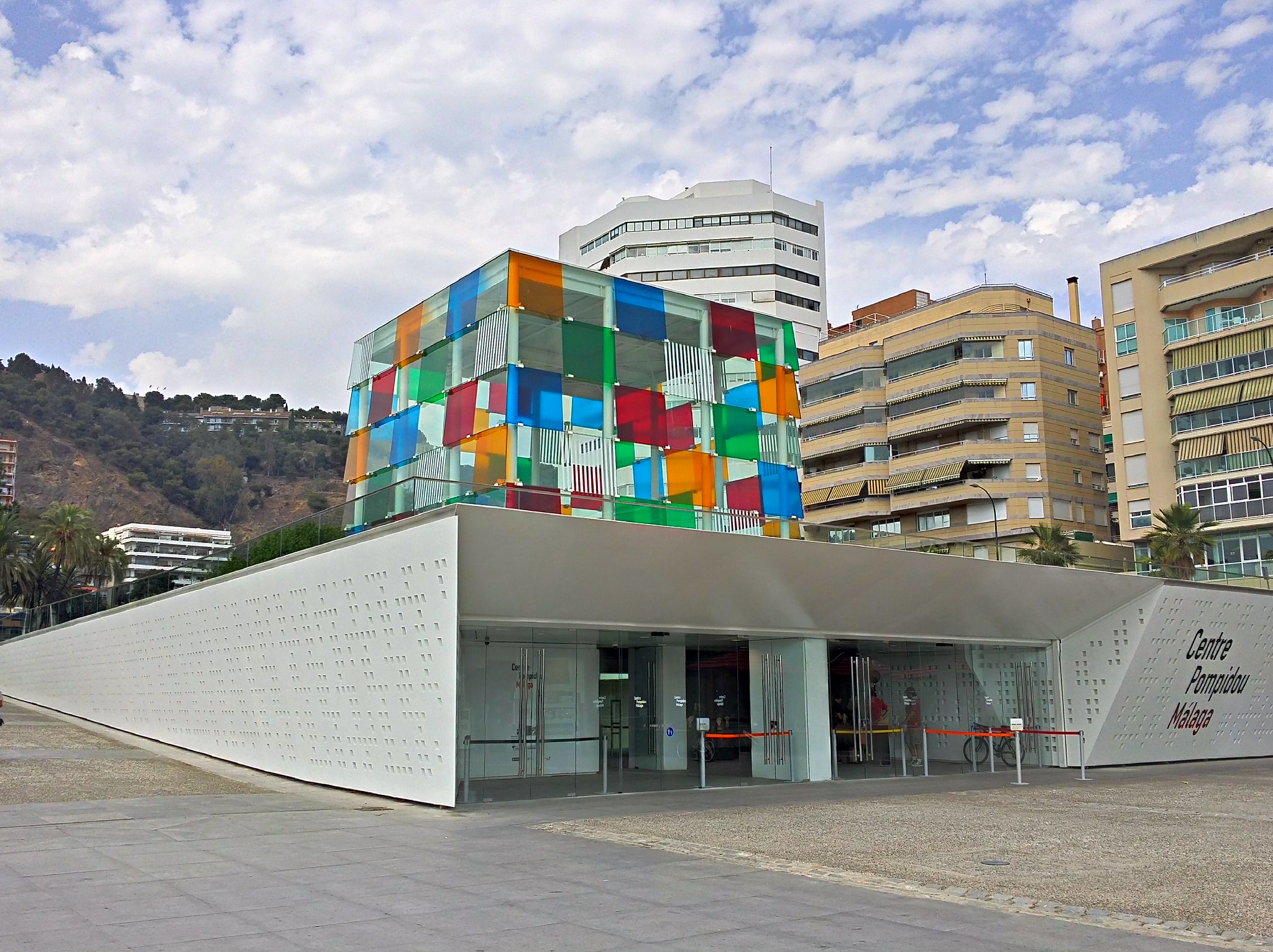Centre Pompidou Málaga is a modern and contemporary art museum located in Málaga, Spain. Opened in 2015, it is the first international branch of the renowned Centre Pompidou in Paris. Housed in a striking cubic structure known as “El Cubo” (The Cube), the museum sits prominently on the city’s waterfront. The Centre Pompidou Málaga showcases a rotating selection of artworks from the extensive collection of its Parisian counterpart, featuring pieces by influential 20th and 21st-century artists. With its diverse exhibitions, educational programs, and cultural events, the museum has become a significant addition to Málaga’s thriving art scene and has helped to establish the city as a major cultural destination in southern Spain.
When you step into the Centre Pompidou Málaga, it’s impossible to ignore the looming presence of Pablo Picasso, the city’s most famous son. Although the museum is a branch of the iconic Parisian institution, it has embraced its location in Picasso’s birthplace with open arms, allowing the master’s influence to permeate its collection and exhibitions.
The Centre Pompidou Málaga, which opened its doors in 2015, has quickly become a cultural hotspot in the vibrant Andalusian city. Its striking multicolored cube structure, reminiscent of the original Centre Pompidou in Paris, houses a diverse collection of modern and contemporary art. However, it’s the museum’s connection to Picasso that truly sets it apart and gives it a unique flavor among the Pompidou’s international outposts.
Picasso’s influence is evident from the moment visitors enter the museum. The permanent collection features several of his works, including paintings, sculptures, and prints. These pieces serve as a testament to the artist’s versatility and his ability to constantly reinvent himself throughout his career. But Picasso’s impact extends far beyond his own creations; his revolutionary approach to art has shaped the work of countless artists represented in the museum’s collection.
One of the most striking examples of Picasso’s influence can be seen in the museum’s cubist works. Picasso, along with Georges Braque, pioneered this groundbreaking style in the early 20th century, and its reverberations can still be felt in contemporary art. The Centre Pompidou Málaga showcases how cubism evolved and inspired subsequent generations of artists, from Juan Gris to contemporary painters who continue to explore its principles.
Moreover, Picasso’s bold use of color and form has left an indelible mark on the art world, and this is reflected in the museum’s collection. Many of the works on display demonstrate a fearless approach to color and composition that can be traced back to Picasso’s innovations. This influence is particularly evident in the museum’s selection of abstract and expressionist pieces, which push the boundaries of traditional representation in ways that echo Picasso’s own artistic journey.
The museum also pays homage to Picasso’s multidisciplinary approach to art. Just as the master himself worked across various mediums, including painting, sculpture, ceramics, and printmaking, the Centre Pompidou Málaga showcases a diverse range of artistic practices. This eclectic mix serves as a reminder of Picasso’s boundless creativity and his willingness to experiment with different forms of expression.
In addition to the permanent collection, the museum’s temporary exhibitions often draw connections to Picasso’s legacy. These shows frequently feature artists who were either directly influenced by Picasso or who work in dialogue with his ideas. By continually revisiting and reinterpreting Picasso’s contributions to art, the Centre Pompidou Málaga ensures that his spirit remains alive and relevant in the contemporary art world.
It’s worth noting that while Picasso’s influence is undeniable, the museum doesn’t allow it to overshadow the work of other important artists. Instead, it uses Picasso as a starting point to explore the rich tapestry of modern and contemporary art. This approach allows visitors to appreciate both Picasso’s genius and the diverse array of artistic voices that have emerged in his wake.
As you wander through the galleries of the Centre Pompidou Málaga, you can’t help but feel the energy and innovation that Picasso brought to the art world. His presence serves as a constant reminder of Málaga’s artistic heritage and its ongoing contribution to global culture. In this way, the museum not only celebrates Picasso’s legacy but also ensures that his hometown continues to be a vibrant center for artistic exploration and creativity.
The Centre Pompidou Málaga, opened in 2015, represents a significant cultural landmark in Spain’s Costa del Sol region. As the first international branch of Paris’s renowned Centre Pompidou, it has successfully brought world-class modern and contemporary art to Málaga. The distinctive multicolored cube structure on the city’s waterfront has become an iconic symbol, attracting both locals and tourists. By hosting rotating exhibitions from the Pompidou’s extensive collection and organizing educational programs, the center has enriched Málaga’s cultural landscape and solidified the city’s position as an important art destination in southern Europe. Its presence has contributed to urban regeneration and increased tourism, demonstrating the positive impact of international cultural collaborations on local communities.

